10+ Years Experience
Specialist Horse Menages

Enquire Today For A Free No Obligation Quote
Picture this: you’ve spent countless hours planning your dream horse menage, carefully considering every aspect to create the perfect riding environment.
However, after all that hard work, you realise you’ve made some critical mistakes during construction, turning your dream into a costly nightmare.
To avoid this unfortunate scenario, we’ve compiled a list of six common mistakes to avoid when constructing a horse menage.
Throughout this blog post, we’ll delve into important topics like selecting the right base layer materials, creating effective drainage solutions, avoiding improper arena construction techniques, identifying and clearing blocked drains, making informed surface selections, and the importance of regular maintenance.
By understanding these potential pitfalls, you’ll be well on your way to constructing a safe and enjoyable horse arena, ensuring that your investment stands the test of time.
The base layer is the foundation of your horse arena and plays a crucial role in ensuring proper drainage and compaction.
Selecting the wrong materials can lead to a myriad of problems, such as poor drainage, uneven surfaces, and increased maintenance costs.
To avoid these issues, it’s essential to choose high-quality base layer materials that are frost-resistant and can support the weight of maintenance machinery.
In the following subsections, we’ll discuss the importance of using a suitable stone drainage layer and the differences between soft limestone and angular stone.
Understanding these factors will help you make an informed decision when selecting the right base layer materials for your horse menage.
A well-designed stone drainage layer is critical for a high-performing horse menage.
The optimal stone drainage layer consists of a 150mm (6”) base layer using 40mm-75mm quality clean, washed, frost-resistant angular stone.
This type of stone provides excellent drainage and compaction, ensuring a stable and durable riding surface.
When selecting raw materials, consider the desired surface type, anticipated traffic, and local climate.
Consulting with local experts and suppliers can also provide valuable insights into the best materials available in your area.
By investing time and effort into selecting the right stone drainage layer, you’re laying the groundwork for a successful horse arena.
The distinction between soft limestone and angular stone is essential to understand when choosing base layer materials for your menage.
Soft limestone is a sedimentary rock that is easily scratched and vulnerable to erosion, making it unsuitable for horse menage construction.
On the other hand, angular stone, a more suitable stone layer, has a coarser texture and sharper edges resulting from the crushing process, making it a more suitable choice for an equestrian menage construction.
To ensure the longevity and performance of your horse arena, opt for clean, hard, and angular stone for your base layer.
This type of stone offers superior drainage, compaction, and durability compared to soft limestone.
By carefully considering the properties and characteristics of your base layer materials, you can avoid the common mistake of using the wrong materials for your horsemenage.
Poor drainage is a major issue that can plague horse arenas, leading to waterlogged surfaces, increased maintenance costs, and even potential health risks for both horses and riders.
To prevent these problems, it’s essential to implement effective drainage solutions throughout the construction process, addressing both surface and poor drainage concerns.
Three types of drainage solutions are particularly important: perimeter drains, drainage trenches, and exterior drains.
In the following subsections, we’ll discuss each of these drainage solutions in detail, highlighting their importance and offering tips for their proper implementation.
By understanding and incorporating these drainage techniques, you can ensure a well-drained arena that provides a safe and enjoyable riding experience.
Perimeter drains play a crucial role in preventing water from pooling around your horse menage, but they can also be a source of common mistakes when constructing a horse arena.
One such mistake is neglecting to contact local authorities to ensure compliance with zoning regulations.
It’s vital to obtain the necessary permits and follow local guidelines to avoid potential fines or other complications.
One of the common mistakes when building is failing to properly calculate the slope of the perimeter drain, which can result in inadequate water flow and drainage issues.
To avoid these problems, be sure to line the trench with drainage fabric and use appropriate-sized gravel to ensure optimal drainage performance.
By paying close attention to these details, you can avoid costly perimeter drain mistakes and keep your arena in top condition.
Drainage trenches are an essential component of an effective drainage system.
They help prevent water from accumulating in certain areas, reducing the risks associated with inadequately drained surfaces, such as mud, dust, and slippery conditions.
One of the most prevalent and effective drainage tools for outdoor arena construction is the French drain, which, although costly, can significantly reduce maintenance expenses.
Installing drainage trenches on the outside of the arena is particularly important to prevent runoff from adjacent paddocks and fields.
By carefully selecting the appropriate drainage solution and ensuring proper installation, you can avoid the potential risks posed by surfaces with inadequate drainage, contributing to a safer and more enjoyable menage.
Exterior drains are essential for the efficacy and durability of a horse riding arena.
Inadequate drainage can result in water pooling, leading to water damage and erosion around the menage.
One of the most common and effective drainage tools for outdoor arena construction is the French drain.
While it requires a significant financial commitment, it can result in lower maintenance costs over time.
To ensure the effectiveness of your exterior drains, invest in high-quality materials and proper installation techniques.
By addressing drainage issues in the earliest planning stages, you can prevent costly repairs and enjoy a safer, more durable horse menage.

Constructing a horse menage requires careful attention to detail and adherence to best practices in arena construction.
Failing to properly construct your arena can lead to a host of problems, ranging from poor drainage to uneven surfaces and safety hazards.
To avoid these issues, it’s essential to focus on three key aspects of arena construction: retaining boards, intended arena size, and maintenance machinery.
In the following subsections, we’ll discuss each of these aspects in detail, providing insights and tips to help you properly construct your horse arena.
By following these guidelines, you’ll be better equipped to create a safe and enjoyable riding environment for both you and your horse.
Retaining boards serve an important function in horse arena construction, helping to keep the surface material in place and maintain a consistent riding surface.
These boards can be secured using a variety of methods, such as aggregate stone drainage on the exterior of the arena or affixing them with pins.
By properly installing and maintaining retaining boards, you can reduce maintenance costs and improve the safety of your horse menage.
Be sure to select high-quality materials and follow best practices for installation to ensure the longevity and effectiveness of your retaining boards.
When constructing a horse menage, it’s essential to consider the intended size of the arena.
The typical size for a horse menage arena is 20m x 40m; however, the standard size for dressage is 20m x 60m.
By selecting the appropriate size for your intended use, you can optimize the functionality and overall experience of using your arena.
Carefully consider your specific needs and requirements when determining the size of your equestrian arena.
Whether you plan to use the arena for dressage, jumping, or general riding, selecting the right size will help create a more enjoyable and functional environment for both you and your horse.
Proper maintenance is crucial for the longevity and safety of your horse menage.
Regular harrowing or dragging is essential for maintaining a level and consistent surface, as well as for eliminating debris and other materials that could pose a hazard.
The most suitable maintenance machines for horse menage include harrows, drags, and other grooming equipment.
When selecting maintenance machinery, consider factors such as ease of use, efficiency, and cost.
By investing in high-quality, user-friendly equipment, you can ensure that your horse remains in optimal condition and provides a safe, enjoyable riding experience.
Blocked drains can have a significant impact on the overall health and performance of your horse.
Ignoring blocked drains can lead to flooding, water damage, and the proliferation of mold and mildew, all of which can negatively affect the safety and usability of your arena.
By identifying and clearing blocked drains, you can avoid these problems and maintain a well-functioning horsemenage.
In the following subsections, we’ll discuss how to identify blocked drains and the most effective methods for clearing them.
By understanding these processes, you can take proactive measures to maintain the health and performance of your horsemenage.
Detecting blocked drains is an essential aspect of horse menage maintenance.
The most effective methods for identifying blocked drains include visual inspection and water flow testing.
Signs that a drain may be blocked include a slow draining rate, unpleasant odours, and water backing up in the affected drains.
By regularly inspecting your horse menage and monitoring for signs of blocked drains, you can address potential issues before they become major problems.
This proactive approach can save you time, money, and frustration in the long run.
Once you’ve identified a blocked drain, it’s essential to take swift action to clear it.
The most effective methods for clearing blocked drains include using a plunger, pouring hot water down the drain followed by a mixture of baking soda and vinegar, using drain unblocker chemicals, and employing a bent wire hanger.
When undertaking these tasks, always adhere to safety measures, such as wearing protective gloves and avoiding contact with hazardous materials.
By addressing blocked drains promptly and effectively, you can prevent water damage, flooding, and other issues that can compromise the safety and usability of your horse menage.
Regular maintenance and vigilance can go a long way in ensuring the longevity and performance of your arena.
Selecting the right riding surface is a critical aspect of horse menage construction.
The wrong surface can lead to safety hazards, discomfort for your horse, and increased maintenance costs.
To avoid these issues, it’s essential to consider factors such as intended use, skill level, and purpose when selecting a surface for your horse menage.
In the following subsections, we’ll discuss the factors that influence surface choice and provide an overview of popular surface options.
By understanding these elements, you can make an informed decision when selecting the ideal surface for your horse arena.
When selecting a surface for your horse menage, it’s essential to consider factors such as the intended use, skill level, and purpose of the facility.
The most commonly used surface options include silica sand, rubber, and other materials that offer a comfortable and secure footing for the horse.
By taking these factors into account, you can ensure that your chosen surface provides the optimal balance of safety, comfort, and performance for your specific needs.
This will ultimately contribute to a more enjoyable and successful horse menage experience for both you and your horse.
There are several popular surface options to choose from when constructing a horse menage, including silica sand, FLEXIRIDE, Fibrewax, and Sand Stabiliser.
Each of these options has its own unique pros and cons, and the best surface should be chosen based on factors such as the level of use, ability, and purpose.
By carefully weighing the benefits and drawbacks of each surface option, you can make an informed decision that will contribute to a safe, comfortable, and enjoyable horse menage.
Investing in the right surface is a critical aspect of constructing a successful and functional horse arena.
Regular maintenance is integral to the ongoing success and performance of your horse.
Overlooking maintenance tasks can lead to a variety of issues, such as uneven surfaces, drainage problems, and even safety hazards.
By staying on top of routine maintenance, you can ensure that your horse remains in optimal condition and provides a safe, enjoyable riding experience.
In the following subsections, we’ll discuss routine maintenance tasks and provide guidance on scheduling maintenance.
By understanding these processes and incorporating them into your horse menage upkeep, you can avoid many of the common issues that can arise from poor maintenance.
Keeping your menage in top condition requires regular attention to several key maintenance tasks.
These tasks include leveling the surface, harrowing, raking, dragging, and debris removal.
In addition to these tasks, ensuring moist footing and eliminating organic matter are also critical components of proper menage maintenance.
By incorporating these routine maintenance tasks into your regular upkeep schedule, you can preserve the longevity, safety, and performance of your menage.
Staying on top of maintenance will help prevent costly repairs and ensure a consistently enjoyable riding experience for both you and your horse.
Scheduling regular maintenance is essential for keeping your horse menage in optimal condition.
Investing in maintenance scheduling software can help streamline the process, ensuring that all tasks are completed on schedule and potential issues are detected before they become major problems.
Preventive maintenance, such as conducting regular inspections and tests, can also help reduce the likelihood of unexpected breakdowns and expensive repairs.
By establishing a clear maintenance schedule and prioritizing tasks based on their importance, you can keep your horsemenage in top condition and avoid many of the common problems that arise from poor maintenance.
Remember, a well-maintained horse menage is not only more enjoyable to ride in, but it’s also a safer environment for both you and your horse.
Constructing a horsemenage is no small feat, but by being aware of common mistakes and following best practices, you can create a safe, enjoyable, and durable riding environment.
From selecting the right base layer materials and ensuring proper drainage to choosing the ideal riding surface and staying on top of regular maintenance, each aspect of horse menage construction plays a crucial role in the overall success and longevity of your arena.
By taking the time to carefully plan and execute each step of the construction process, you can avoid costly mistakes and enjoy the many benefits of a well-built horse menage.
Armed with the knowledge and insights shared in this blog post, you’re well on your way to making your dream horse menage a reality.
Check your drains to see if they are draining slowly, emitting odours, or backing up water.
These can all be indications that your horse menage has blocked drains.
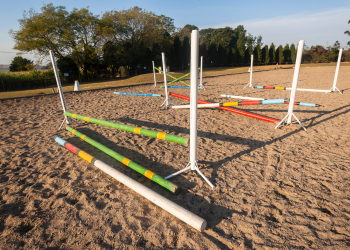
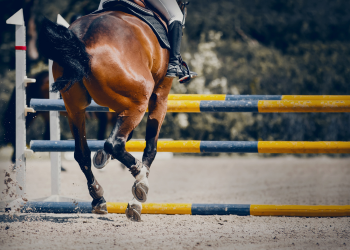
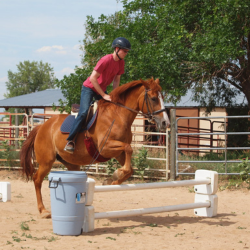
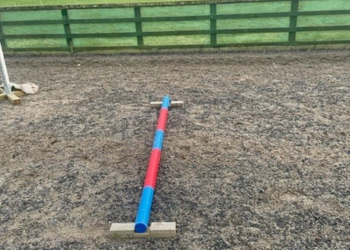
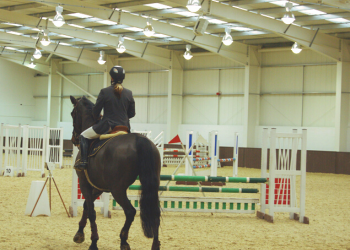
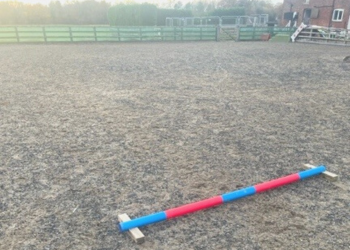
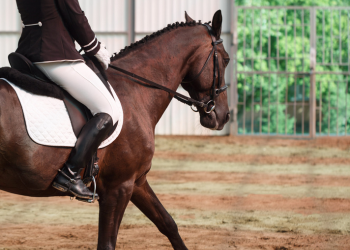

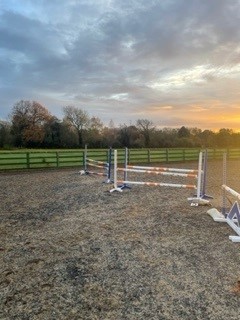
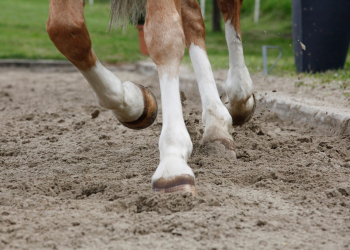
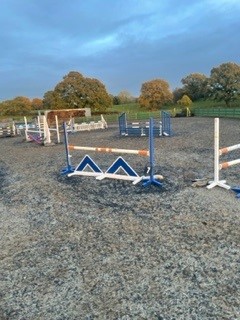
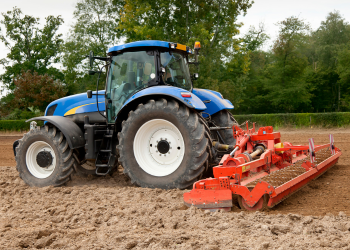

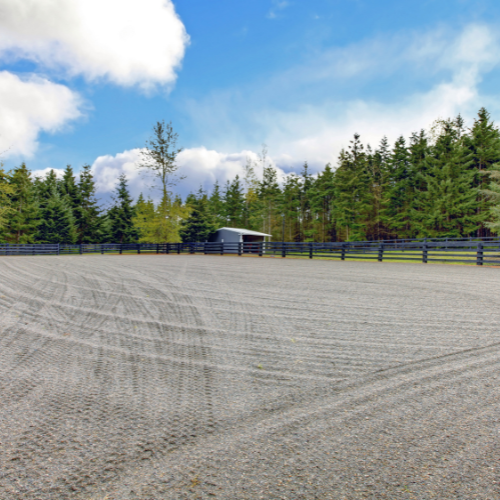

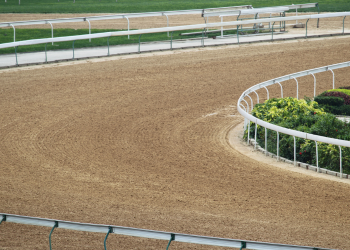
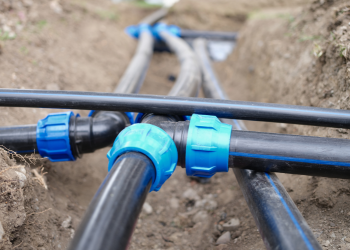
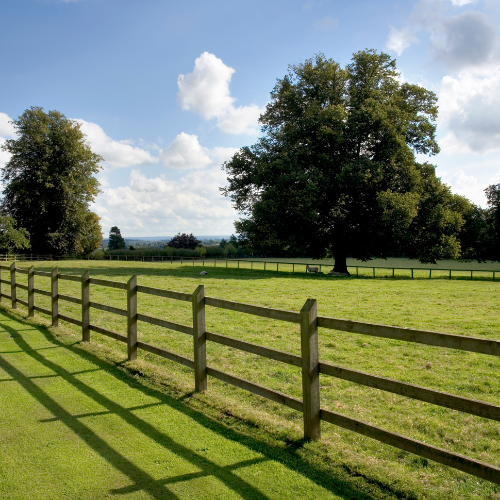
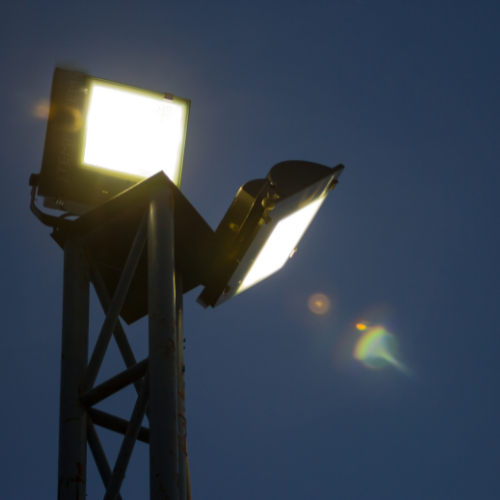
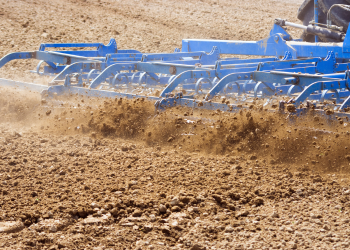
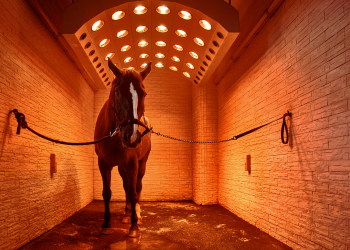


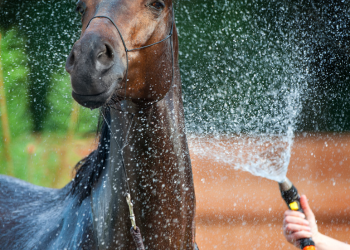
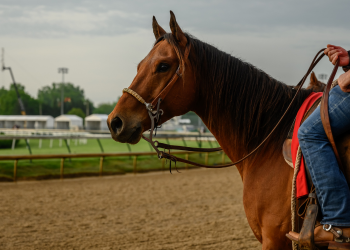
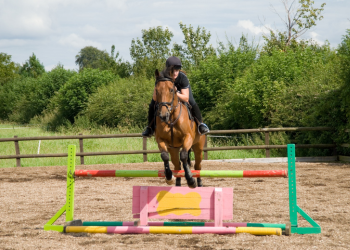
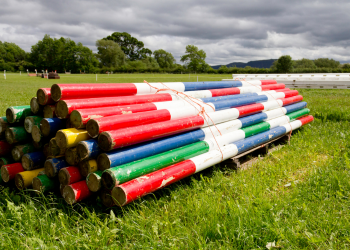
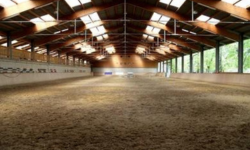
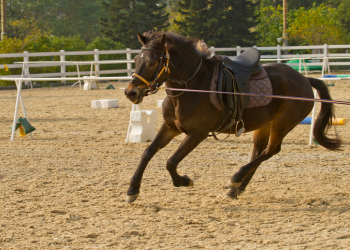
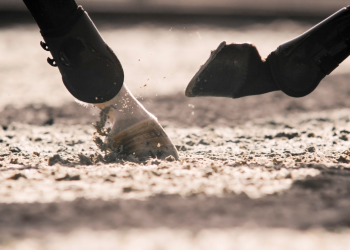
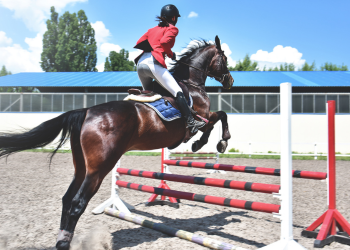
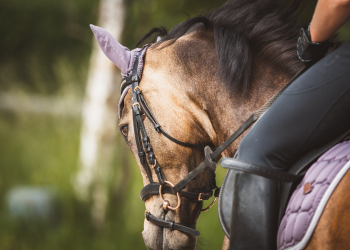
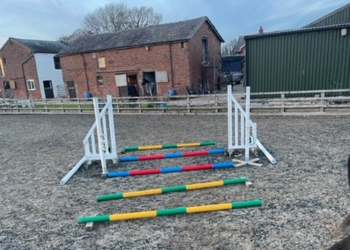

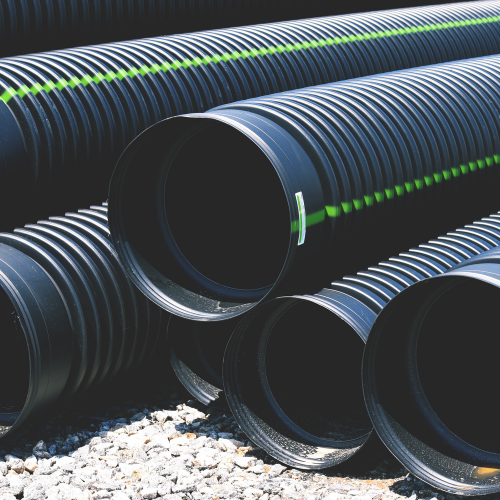
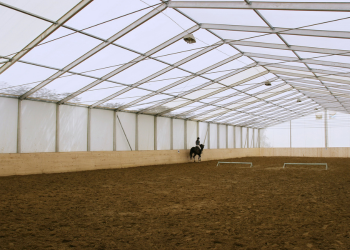
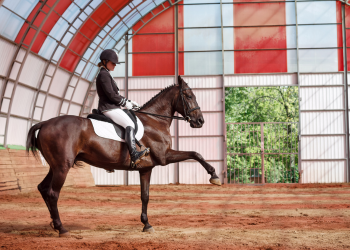
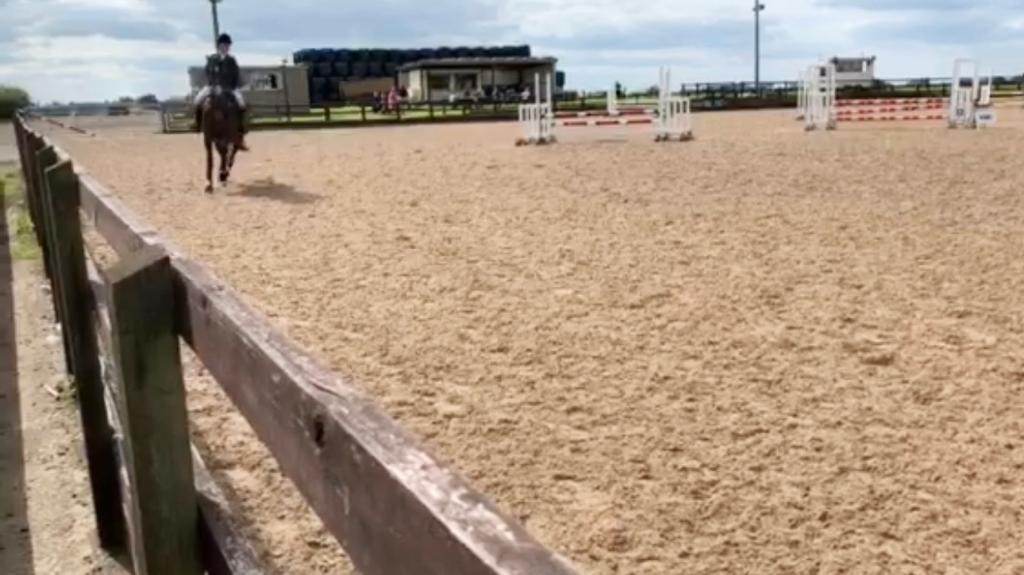
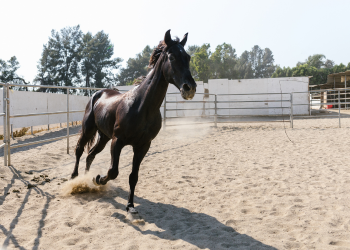
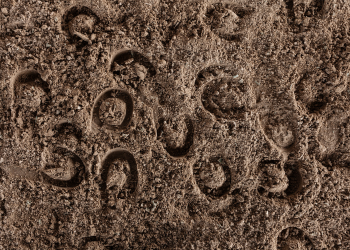

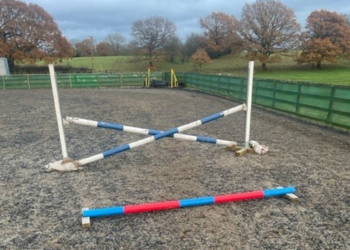

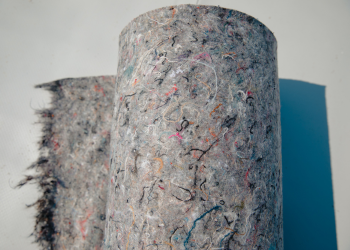
We Aim To Reply To All Enquiries With-in 24-Hours